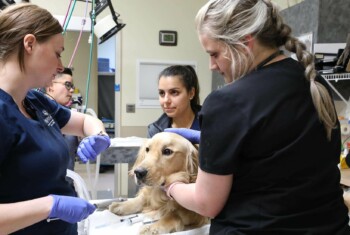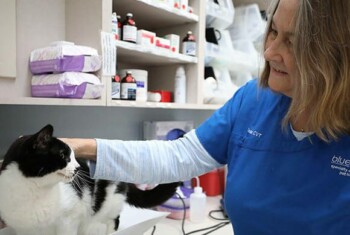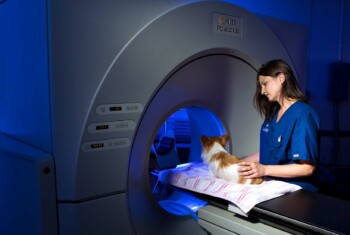Why Obesity in Pets is So Hard to Treat
Pet obesity is one of the most important issues facing cats and dogs. Obesity puts pets at risk for a wide range of diseases and other problems that may significantly impact their quality of life. According to the Association for Pet Obesity Prevention (APOP), in 2018 the U.S. pet obesity rates showed that 59.5% of cats and 55.8% of dogs were classified as overweight or obese.
Contributing Factors to Obesity in Cats and Dogs
There are many factors that contribute to the difficulty in discussing and treating obesity in cats and dogs. Among them are the pet owner, the clinic and the pet. The pet owner may not recognize their pet is overweight and the severity of the pathology that is present. Within the veterinary clinic, the message is often difficult to communicate and is not always a priority during a consultation. In addition, the weight loss process is time consuming.
Factors contributing to obesity in pets include a lack of exercise, imbalance between energy intake and energy expenditure, or a lack of a stimulating environment. Begging plays a serious role in pet obesity and it is not always about wanting more – it is often about seeking attention instead of treats and table scraps.
For a weight loss treatment plan to be successful, pets need a diet that allows them to lose weight while remaining satiated, or full, and still receive plenty of human interaction. It is much more difficult to evaluate the feeling of satiety in cats and dogs than it is in humans. Therefore, satiety in our patients must be evaluated with studies of voluntary food intake and observations of begging behavior.
Choosing the Right Weight Loss Treatment Plan
In any weight loss treatment plan, selecting the appropriate weight loss diet is crucial. It is essential to recommend a diet that will not deprive our patients of the nutrition they require. Reducing calories by reducing the amount of a wellness or maintenance diet puts the patient at risk for nutritional deficiencies and may increase begging behavior and food stealing.
Some therapeutic weight loss diets are designed to have reduced energy density and increased protein and fiber to preserve lean muscle mass and to promote the feeling of fullness, respectively. They also may include added functional ingredients such as L-carnitine, which is vital for the utilization of energy from long-chain fatty acids and helps to preserve lean muscle mass.
Obesity should be viewed as a chronic medical condition that requires lifelong management. When significant weight loss is required, therapeutic diets specifically formulated for weight loss will yield better results in the long run. Set realistic expectations from the beginning and educate pet owners on goals and challenges of therapy. Pet owner compliance will be higher if specific consequences of obesity are discussed and realistic expectations are set from the beginning.


